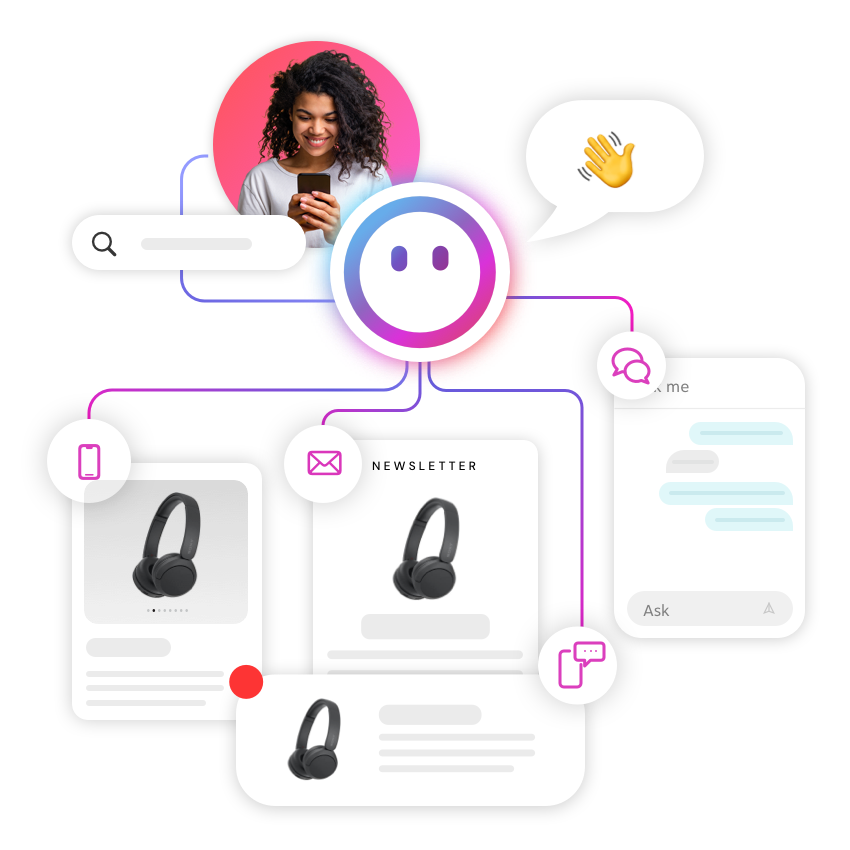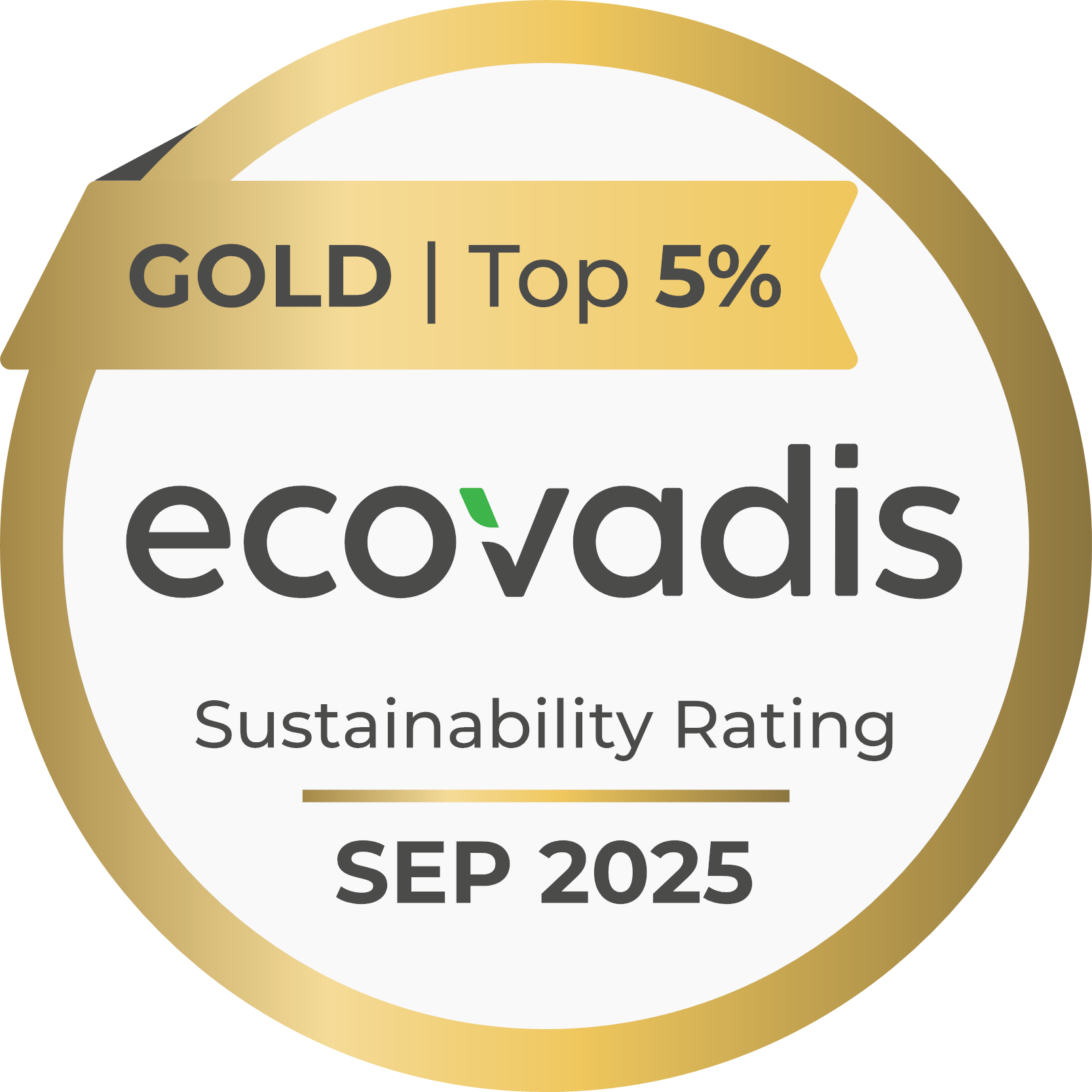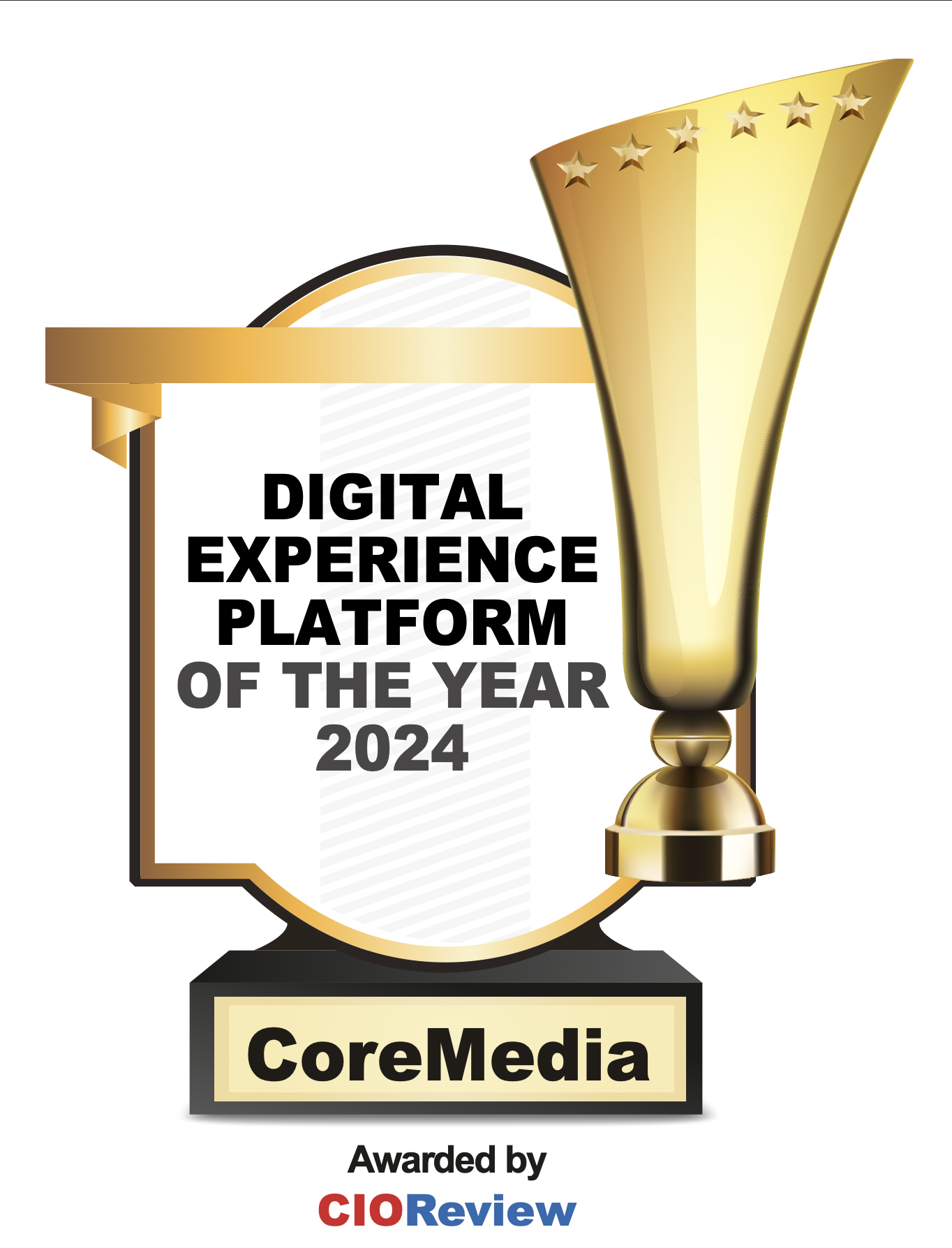The Evolution of Shopping Behaviors
When the pandemic hit last year, consumer shopping trends drastically shifted. Pre-pandemic businesses were already moving to digital platforms, but the pandemic was a true forcing function. When the world shut down in March 2020, we were told it would only be a 3-week quarantine, which I, like many others, naively believed.
Consumers began shopping in a frantic, terrified way. Shopping behavior largely revolved around buying in bulk due to the fear of businesses closing their doors. Non-essential small businesses and large businesses alike had to close due to government regulations, forcing consumers to shop online. Businesses had to scramble to create the perfect customer experience digitally, while also finding a way to seamlessly blend digital and physical once the world opened back up. That was when brands realized that digital is not just a nice to have anymore, it was a necessity.
Let’s take a look back at 2020 - this is where we saw fear-based shopping. Stores were constantly closing, and everyone had to stay home during lockdown, so consumers bought in bulk. People stocked up on food and home supplies, like toilet paper and hand sanitizer. A lot of the time, these things took weeks to restock simply due to supply chain issues. Businesses were operating with a reactive mindset, not proactive.
We also saw a rise in D2C (Direct to Consumer). Businesses were closing, but that didn’t mean that consumers didn’t want to shop. We saw brands starting to promote their goods directly through social media, like TikTok and Instagram. We also saw larger retailers pivoting to new shopping models, like virtual store shopping experiences and curbside pick-up. Businesses were scrambling to stay afloat while also trying to deliver iconic, memorable shopping experiences to their customers.
A few months into the pandemic, the world started to slowly reopen. Vaccines were approved and consumers were now able to feel slightly better about leaving their homes. Stores and restaurants were open at 50% capacity, but a number of the trends that started in March 2020 continued, like curbside pick-up, virtual shopping experiences, and contactless payments.
By now, several businesses had to close their doors for good, and the local economies started plummeting. When I walked through my local downtown, it seemed like every other week a new restaurant or business was closing its doors for good. At this stage, businesses started trying to be proactive, instead of reactive. Brands were doubling down on digital and trying to give their consumers the shopping experience they preferred, which was flexibility. The flexibility to pay without physical contact, to pay on your own terms over a number of months, and the flexibility to buy anything from the comfort of your home.
Although we are not out of the weeds yet, I believe that a number of these consumer buying trends will continue. Social selling and D2C will continue simply because people want convenience. Consumers learned that everything they can buy in stores can easily be purchased online, so why leave the comfort of your home if the new bag you want is a click away? We also see a trend in shopping locally that doesn’t look like it’s going away any time soon. Hundreds of thousands of small businesses have closed due to the pandemic so consumers are trying to shop locally to keep those local businesses alive.
Now that we’re a year and a half through this pandemic, brands are trying to stay proactive. If the world goes into lockdown again, businesses will need to be ready to shift their entire customer journey online. Now more than ever brands need to innovate and stay top of mind to their customers.
Have questions on how to elevate your virtual customer experience? Contact us!








